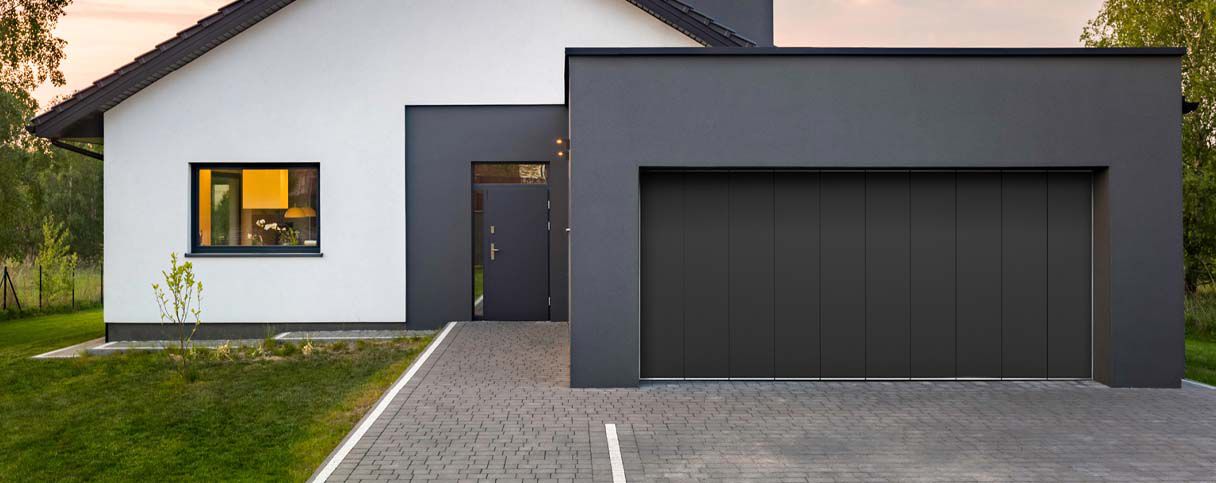
Storage
A garage is a versatile space
Tips: How to use your garage optimally as storage space
Even in the largest house, storage space is not limitless. The basement, attic and every other available space can get filled up eventually. The garage is then often the last suitable alternative. It is a place for keeping car wheels and tyres, tools, gardening equipment, wines, and possibly winter sports gear. But the garage doesn’t offer endless space either. So smart storage solutions are needed.
Protection against weather
Don’t keep anything that might get broken, or food that might go off, in the garage. Even with the best door insulation, temperatures in a poorly insulated garage can quickly drop below freezing in winter. So don’t store frost-sensitive materials and drinks in the garage.
Even a solid garage structure will not provide an indoor climate to sufficiently protect plants or sensitive food and drink items such as wine, potatoes and fruit. Combining sturdy construction with a well-insulated garage door is the solution, making your garage a proper repository for all the things that you want to preserve.
Shelving
Shelves keep things neat and tidy
The best way to keep your garage neat and tidy is by installing plenty of shelving. Be sure to choose the right materials though. Your garage door is likely to be opened regularly in all weathers, so weather-proof shelving is a good idea. Metal shelves are very sturdy, weather-proof, and easy to clean. Also make sure that your shelves are fixed to the wall, to ensure they don’t tip over when you place heavy objects on them.
Everything in its place
Mount support rails on the wall to hold shelf brackets, baskets, single hooks or tool fixtures. You can also hang car tyres and bicycles on the garage wall to save space.
Hanger systems are ideal for the side walls. Space at the sides is normally more restricted than at the back of the garage, because car doors need room to open. Racks on the side walls should therefore be hung well above the heads of vehicle occupants as they are getting in or out. That will prevent any painful bangs and scrapes – to heads and to the car door.
Our tip:
If your garage has solid walls, you could add a mezzanine level. Ceiling lifts might also be an option. They are attached to the ceiling by a pull system or brackets, making hanger systems even more user-friendly.
Important note: install the mezzanine level high enough! It has to leave room for the car beneath it, allowing people of any height to emerge without bumping their heads. That means the bottom of the mezzanine should be at least two metres or so above the floor. You also need to consider the maximum load-bearing capacity of both the ceiling lift and the garage ceiling itself.
Things that don’t belong in the garage
Highly flammable items like spare petrol canisters as well as hazardous materials, paints and pesticides should not be kept in the garage. It is better to store highly flammable liquids in a lockable garden shed, a separate storage room or the basement cellar – somewhere no sparks are likely to occur, and a place that can be securely locked. That’s also an important safety point if there are children in the household.
You should not keep rubbish bins in the garage either. The rubbish can start to smell, polluting the air throughout. It’s also sometimes a haven for maggots or other insects, so not very welcoming when you come home from shopping or a trip out. Rubbish bins should ideally be kept outside, or in a specially built shelter.